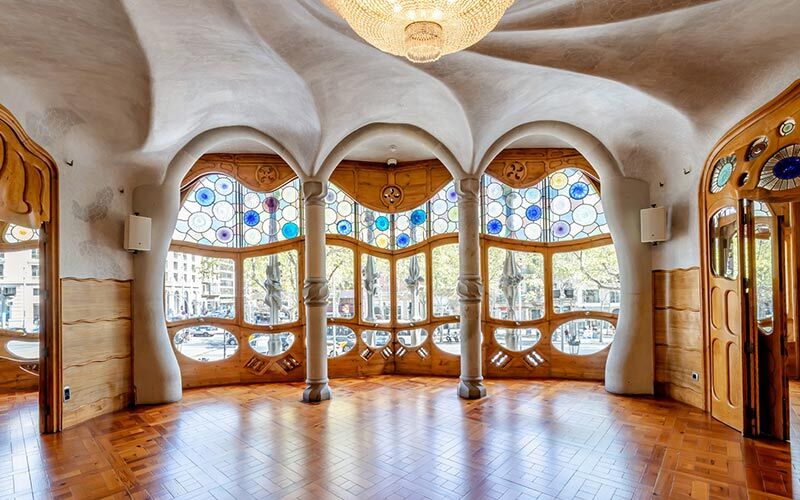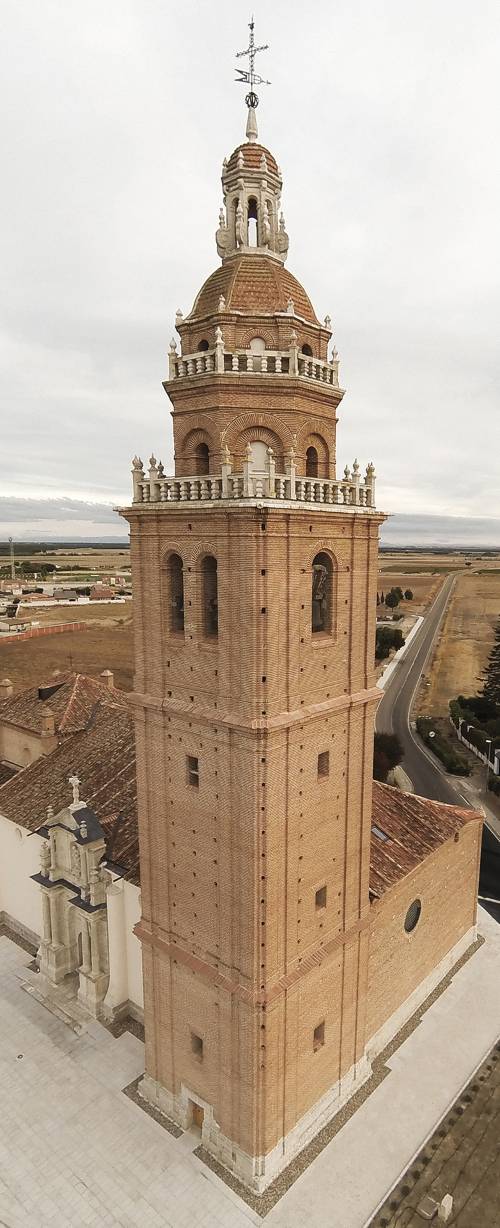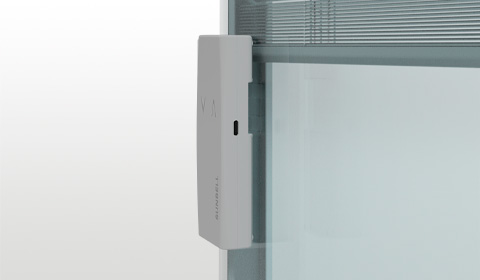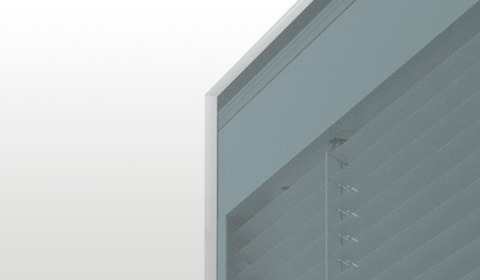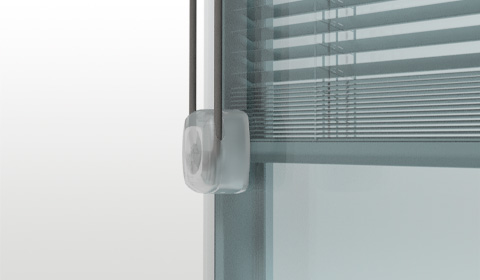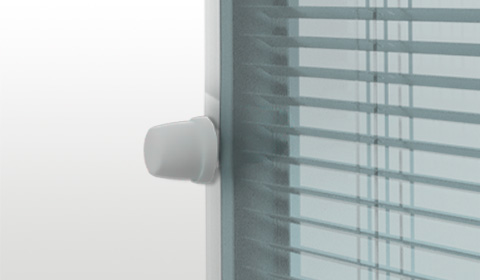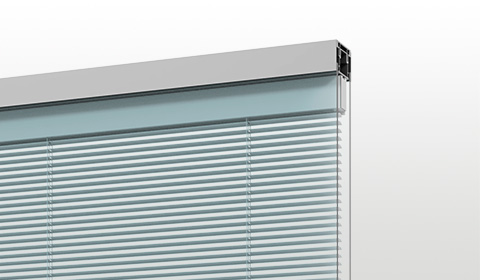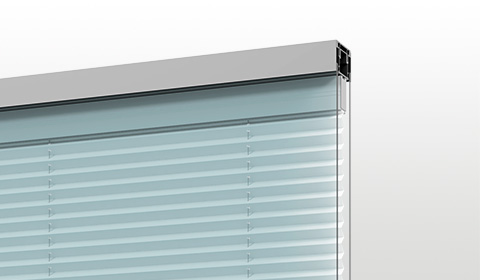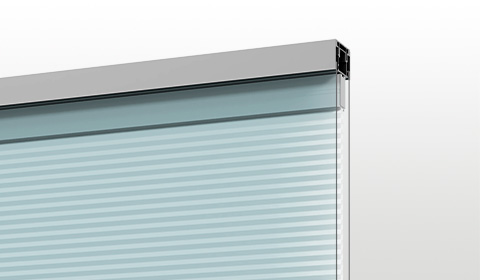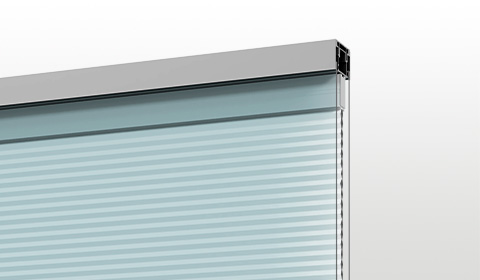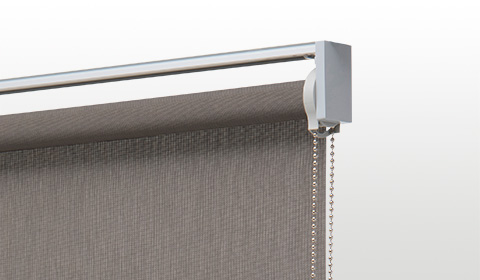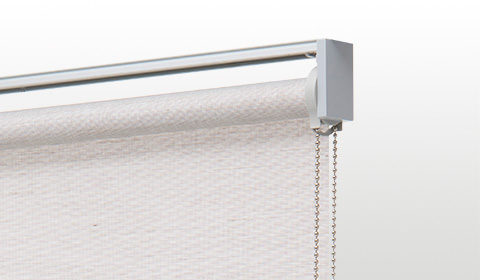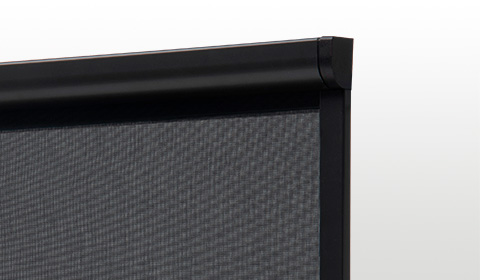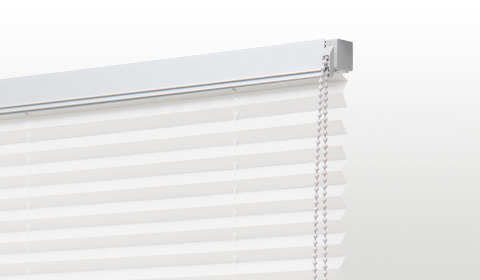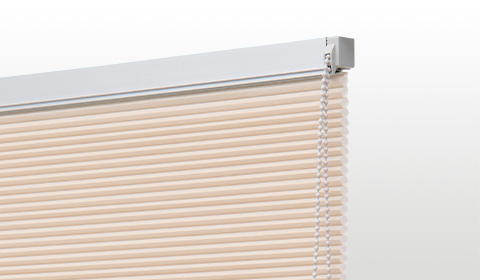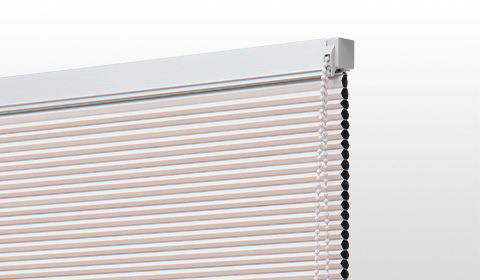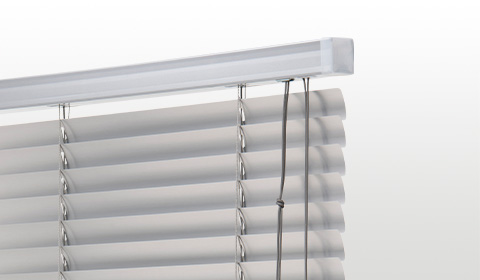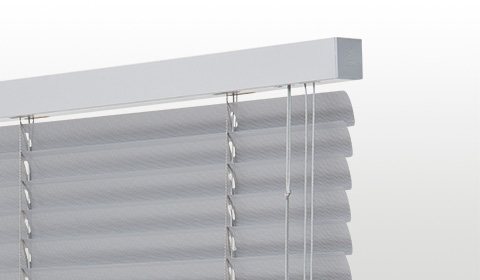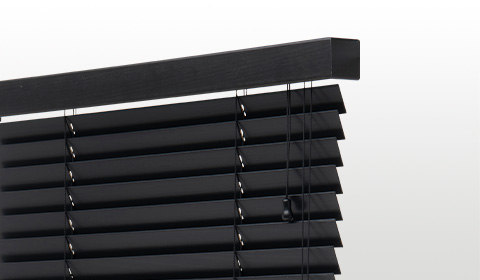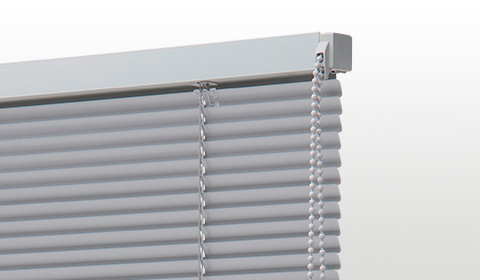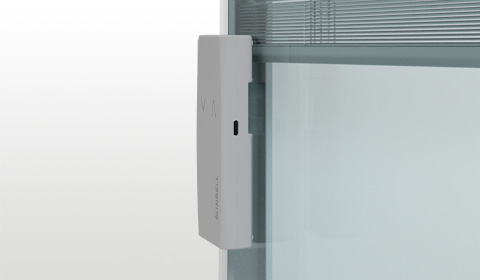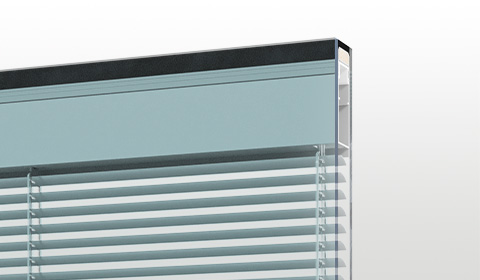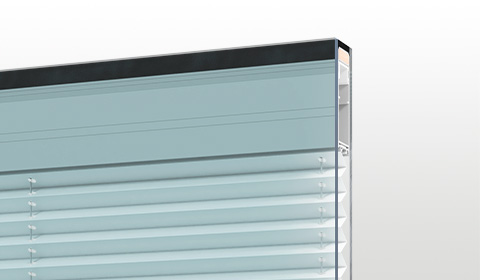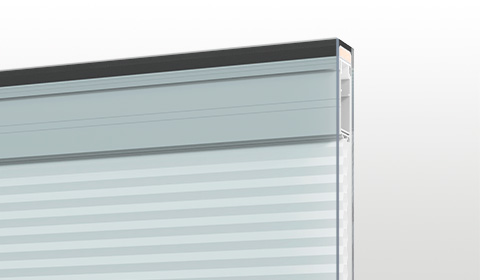The European Award for Architectural Heritage Intervention, a biennial competition organized by COAC (Association of Architects of Catalonia) and AADIPA (Association of Architects for the Protection and Conservation of Architectural Heritage), with the patronage of the Ministry of Culture of the Government of Catalonia and the City of Barcelona, is in its fifth edition.
This year 294 applications were received – the highest number ever received in the history of the award. Fifteen of these applications reached the final: according to the jury, the winning projects were those that defined
“diverse interpretations in their approach to intervention, and sensitivity, completeness and respect.”
The European Award for Architectural Heritage Intervention has become a reference point for architectural restoration in Europe at a time when the past is being rediscovered not only as a source of inspiration, but also as a connection to the contemporary.
Let’s discover together the winners of the four categories.
Category A: Intervention on Constructed Heritage
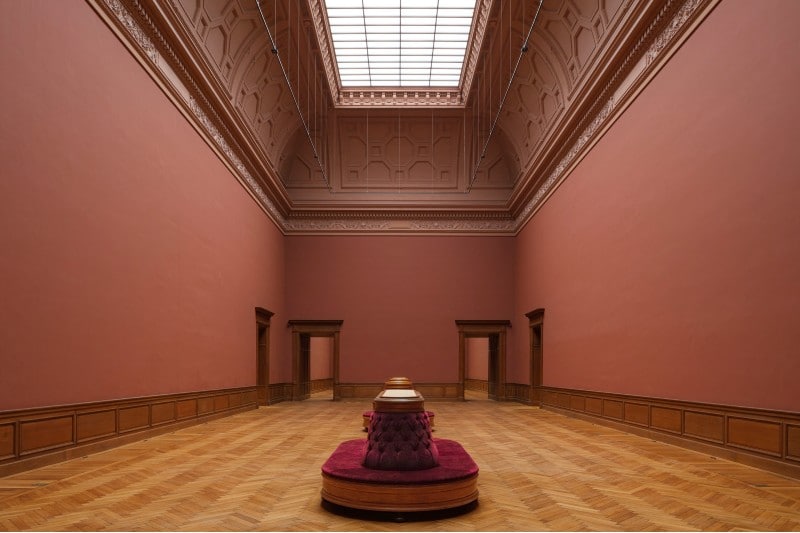
In an initial evaluation phase, the jury first sought to give visibility to the largest number of works by selecting 16; they then announced the five finalists.
- Hotel Nomad / Buchner Bründler Architekten (Basilea, Switzerland);
- Helsinki Olympic Stadium / K2S Architects + NRT Architects (Helsinki, Finland);
- Royal Museum of Fine Arts (KMSKA) / KAAN Architecten (Antwerp, Belgium);
- Brasserie Gallia / Maxime Jansens Architecture + Erwan Bonduelle Architecture (Pantin, France);
- BIC Monastery of San Pedro de Eslonza / Rodríguez Valbuena Arquitectos (Santa Olaja de Eslonza, León, Spain).
Among these, the jury finally awarded the prize to the Royal Museum of Fine Arts (KMSKA) in the city of Antwerp, Belgium, by the studio KAAN Architecten.
The project was chosen for two reasons:
- the complexity and large scale of the project did not prevent the modernization of the building from being carried out in a unitary and respectful way;
- the incorporation of necessary new volume did not alter the external or internal perception of the museum.
The perception and authenticity of the building were not altered, despite the evident contrast between the various areas.
Category B: External Spaces
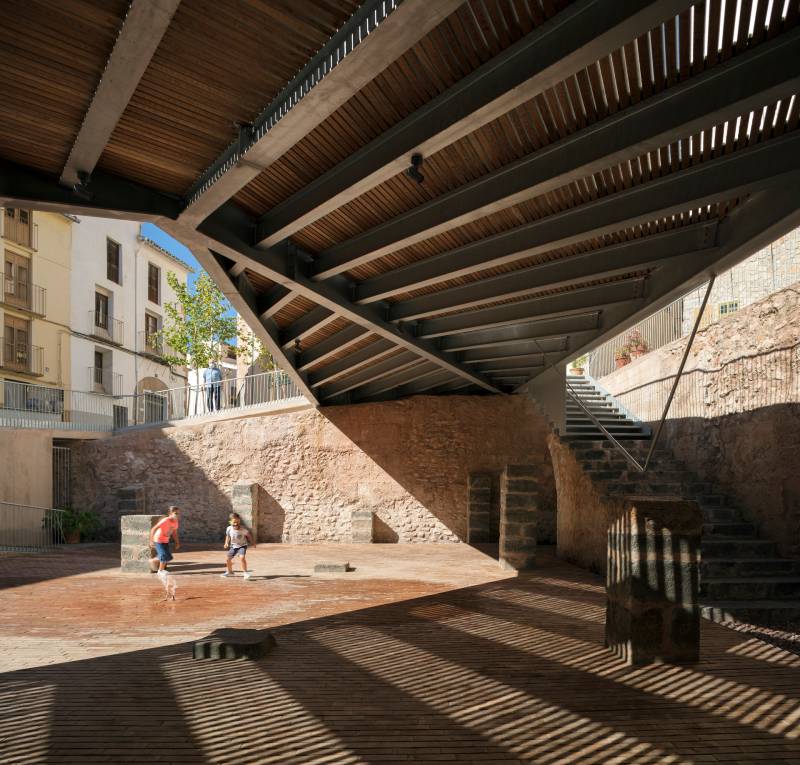
The jury announced the shortlist of 49 projects, from which the five finalists were selected:
- Deep Matter Garden / Studio CE-A + Carlo Ezechieli (Capiago Intimiano, Italy);
- The Dunbar Battery / Rankinfraser Landscape Architecture (Dunbar, Scotland, United Kingdom);
- Tintagel Castle Footbridge / William Matthews Associates + Ney & Partners (Tintagel, United Kingdom);
- Can Sau. Emergency scenario / unparelld’arquitectes (Olot, Girona, Spain);
- Plaza de la Sinagoga (Synagogue Square) / El fabricante de espheras + Grupo Aranea + Cel-Ras Arquitectura (Onda, Castellón, Spain);
The winner was Plaza de la Sinagoga (Synagogue Square) in Onda, Castellón (Spain), by El fabricante de espheras, Grupo Aranea and Cel-Ras Arquitectura.
An intervention at an 11th-12th centuries archaeological site that has been classified as an asset of cultural interest since 1967.
This was a winning project because it succeeded in displaying the remains of ancient Arab palaces and the ruins of a Christian church,
highlighting their historical urban importance, while managing to transform the site into a meeting space.
Category C: Urban planning
The jury named four finalists in this category; we list them below.
- Urban planning favours heritage / Municipality of Vic (Vic, Barcelona, Spain);
- Study of the urban landscape in the La Nova Esquerra de l’Eixample district / Sara Bartumeus + Anna Renau + Rosa Escala (Barcelona, Spain);
- Special plan for the walled village of Mas de Bondia / TerritorisXL (Montornès de Segarra, Lleida, Spain);
- Preliminary study for the restoration of the Canal de la Infanta and Rec Vell (old irrigation canal) / Eva Jiménez Gómez + Xavier Llobet i Ribeiro + Ferran Sagarra iTrias (Barcelona, Spain).
The winner was the urban landscape study of the district of La Nova Esquerra de l’Eixample in Barcelona, by architects Sara Bartumeus, Anna Renau and Rosa Escala.
The award went to this project because the approach to historical space gives importance not so much to physical buildings as to collective memory and the relationships generated around the voids and landscapes that are created there.
Category D: Diffusion
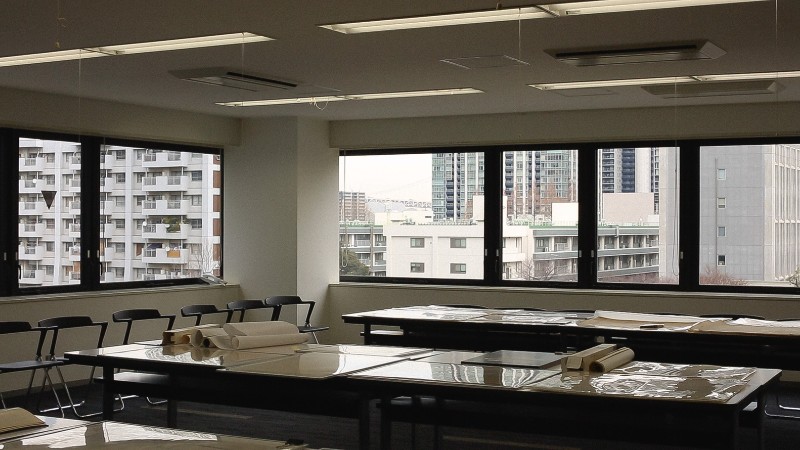
The following five finalists were selected in the Diffusion category:
- Two houses / Verena von Beckerath (Weimar, Germany);
- DOCOMOMO Iberian Records: documentation and dissemination of the Modern Movement / Iberian DOCOMOMO Foundation (Barcelona, Spain);
- Good practices for volunteering in the field of European cultural heritage. European Heritage Volunteers;
- Industrial heritage of Tbilisi / MUA (Georgia);
- Re-Edificatoria / Adrià Goula (Barcelona, Spain).
The prize was awarded to Two houses / Verena von Beckerath, Weimar, Germany.
The jury decided to reward the idea of showing a piece of history about how a group of Japanese architects who studied at the Bauhaus in the 1920s went on to share in their own country the architectural knowledge that they had acquired, and about how, in the 21st century, their students receive and treasure a heritage that goes beyond architecture itself.
Special mention: Restoration

The Restoration Special Mention is an award assigned to those projects which, from a technical and methodological standpoint, have distinguished themselves the most for quality, precision and respect.
After an examination of all the projects, it was decided to award the prize to two projects that each offer a restored space that is accessible and respects the identity of the work:
- The restoration of Casa Batlló, by Xavier Villanueva, Ignasi Villanueva, Mireia Bosch and Ana Atance;
- the installation of a new staircase at the Tower of the Church of Santa María Magdalena in Matapozuelos, Valladolid (Spain), by Pedro Rodríguez Cantalapiedra.
The first is a high quality work of restoration: it revived an initial project which had partially disappeared, restoring it with full respect to the work itself.
The second reveals the interior of the tower: it guarantees enjoyment of an incomparable panoramic view of the surroundings, while managing to involve the public in this restoration of the highest technical quality.
Conclusion
All projects, from the Award’s first edition of 2013 to that of today, are documented in the Award’s Digital Archive. The Archive is a resource that is open to all in the hope of sharing knowledge about historical heritage.

